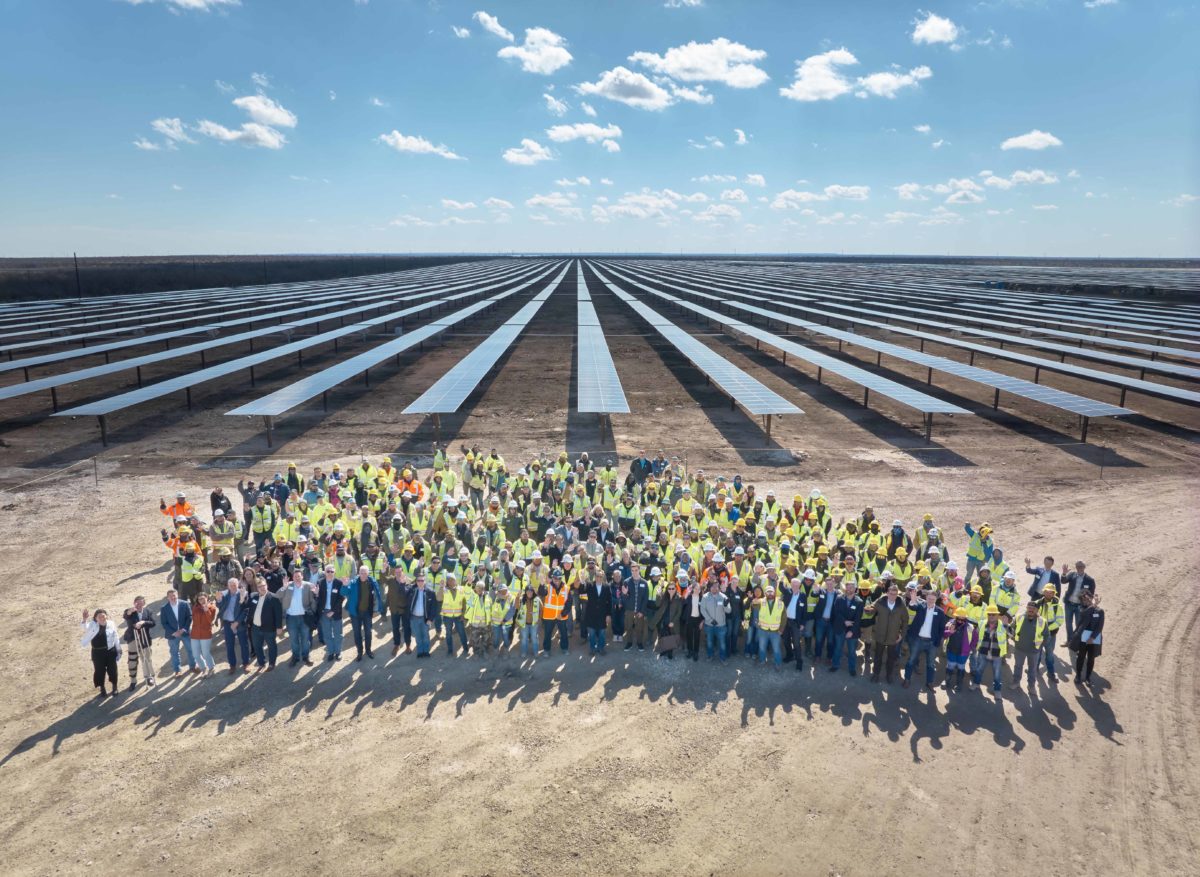Solar, wind and natural gas made up more than 91% of the capacity added to the U.S. electric grid in 2021, according to the Electric Generator Construction Costs and Annual Electric Generator Report by the Energy Information Administration (EIA).
While total construction cost for solar approached $20 billion, the average construction costs for solar systems decreased in the U.S. in 2021 compared to 2020.

The EIA data shows that solar construction costs fell 6% in 2021 over 2020, dropping to $1,561 per kW. The decrease was driven primarily by a 10% drop in the construction cost for crystalline silicon tracking panels, which fell to $1,423 per kW, their lowest average cost since 2014.
The report notes that the average construction cost for crystalline silicon fixed-tilt panels increased by 5% to $2,047 per kW. The average cost for cadmium telluride panels remained relatively stable, decreasing only 1% to $1,626 per kW in 2021. Fixed-tilt tracking systems automatically move to follow the sun as it moves across the sky. While they are the highest cost, they produce more electricity by continuously following the sun.
It’s worth noting that this follows a time when solar module prices had doubled primarily due to supply shortages during the Covid pandemic. In response to the shortage, many manufacturers increased production while developers stockpiled supply.
Since the pandemic began in 2021, module prices have continued to fall, hitting a two-year low globally in April 2023. In the first two months of 2023, average U.S. module prices were $0.36 per Wdc, down 11% quarter-over-quarter. Modules traded at a 57% premium over the global spot price for monofacial monocrystalline silicon modules.
Taking a regional view, the greatest growth in solar addition happened in the southern part of the U.S., with Texas leading the way. In 2021, Texas added 100 new plants for a total of 10,155 MW compared to just 2,347 added in Ohio.

While Texas still leads the nation in solar installations, the numbers look vastly different than two years ago. For example, a 36 GW buildout is expected by the Solar Energy Industries Association (SEIA) over the next five years, building on the roughly 16 GW that is active to date. Much of today’s investment in solar, which nears $20 billion, is going toward large solar facilities, often exceeding 100 MW in capacity.
This content is protected by copyright and may not be reused. If you want to cooperate with us and would like to reuse some of our content, please contact: editors@pv-magazine.com.









By submitting this form you agree to pv magazine using your data for the purposes of publishing your comment.
Your personal data will only be disclosed or otherwise transmitted to third parties for the purposes of spam filtering or if this is necessary for technical maintenance of the website. Any other transfer to third parties will not take place unless this is justified on the basis of applicable data protection regulations or if pv magazine is legally obliged to do so.
You may revoke this consent at any time with effect for the future, in which case your personal data will be deleted immediately. Otherwise, your data will be deleted if pv magazine has processed your request or the purpose of data storage is fulfilled.
Further information on data privacy can be found in our Data Protection Policy.